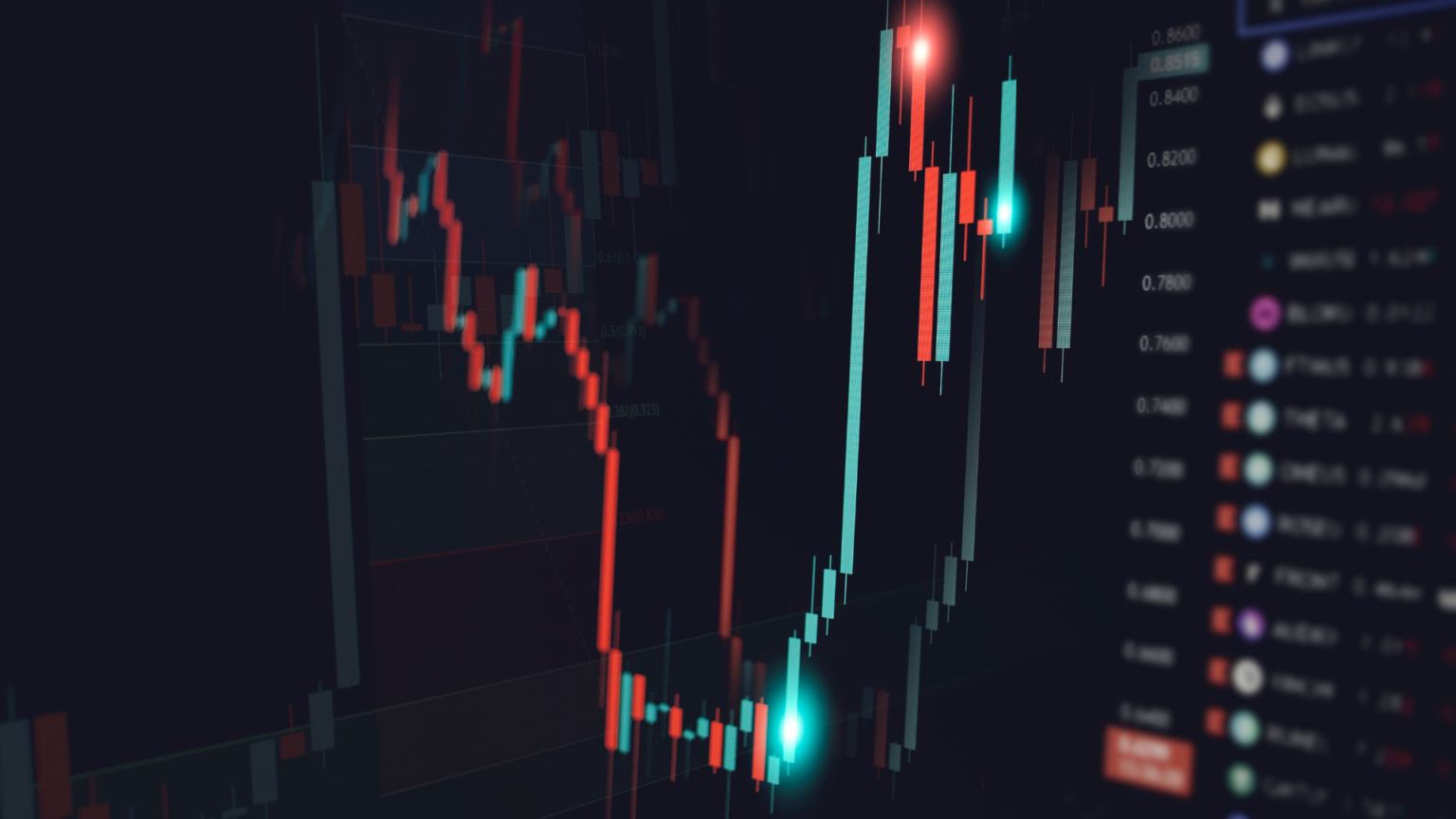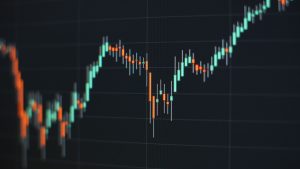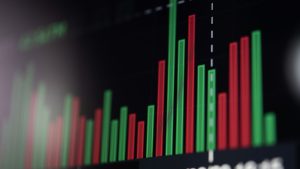In the world of trading, whether it’s in stocks, forex, or cryptocurrencies, understanding market dynamics is crucial to your success. Among the key concepts that every trader should grasp are liquidity zones and fakeouts. These concepts are integral to identifying potential entry and exit points and avoiding common traps that can lead to losses. In this blog post, we’ll dive into what liquidity zones and fakeouts are, how they impact trading decisions, and strategies to effectively navigate them.
What Are Liquidity Zones?
Liquidity zones are areas on a price chart where a high volume of trades occurs, often at significant support or resistance levels. These zones represent areas where large institutional players, such as banks, hedge funds, and major financial institutions, place their trades. As a result, these zones tend to attract a lot of market activity, creating a concentration of buy and sell orders.
Liquidity zones are important because they can significantly influence price movement. When price approaches a liquidity zone, it’s more likely to react strongly, either by reversing direction or breaking through the zone. Traders often use these zones to identify potential points for entering or exiting trades, as they indicate areas where the market is likely to experience heightened volatility.
How to Identify Liquidity Zones
Identifying liquidity zones involves looking for areas on a chart where the price has previously shown significant activity. Here are a few tips for spotting these zones:
- Support and Resistance Levels: Liquidity zones often coincide with strong support and resistance levels. Look for areas where the price has bounced off multiple times or where it has previously stalled.
- Volume Spikes: High trading volume at certain price levels can indicate a liquidity zone. Volume spikes usually occur when institutional traders enter the market, pushing the price in a particular direction.
- Order Blocks: These are areas where large orders are placed, often leading to a temporary halt or reversal in price movement. Identifying order blocks can help pinpoint where liquidity is concentrated.
What Are Fakeouts?
A fakeout occurs when the price breaks through a support or resistance level but quickly reverses direction, trapping traders who entered the market in the wrong direction. Fakeouts are common in trading and can lead to significant losses if not properly managed.
Fakeouts typically happen when the market is testing a support or resistance level and appears to break through it, only to pull back shortly afterward. Traders who are not careful may be lured into entering a trade on the assumption that the breakout is genuine, only to find themselves on the wrong side of the market when the price reverses.
Why Do Fakeouts Happen?
Fakeouts occur for several reasons, often tied to market psychology and the behavior of institutional traders:
- Market Manipulation: Large players sometimes manipulate the market by creating false breakouts to trigger stop-loss orders and capture liquidity before reversing the price in the intended direction.
- Low Liquidity: In markets with low liquidity, price movements can be more erratic, leading to false breakouts. This is especially common in markets with low trading volume.
- Emotional Trading: Retail traders often react emotionally to price movements, jumping into trades too quickly during breakouts, which can exacerbate fakeouts as the market reverses.
Strategies to Avoid Falling for Fakeouts
- Wait for Confirmation: One of the most effective ways to avoid fakeouts is to wait for confirmation before entering a trade. This might involve waiting for a candle to close above or below a key level or for volume to increase significantly after a breakout.
- Use Multiple Timeframes: Analyzing multiple timeframes can help you avoid fakeouts. A breakout on a shorter timeframe might be a fakeout, but if the breakout is confirmed on a higher timeframe, it’s more likely to be genuine.
- Pay Attention to Volume: Volume is a critical indicator of the strength of a breakout. Low volume during a breakout often signals a fakeout, while high volume suggests that the breakout is more likely to be real.
- Set Conservative Stop-Loss Orders: Place stop-loss orders at a reasonable distance from your entry point to protect against sudden reversals. Setting stop-losses too close can lead to being stopped out during a fakeout.
Leveraging Liquidity Zones and Fakeouts for Profit
While fakeouts can be frustrating, they also present opportunities for savvy traders. By identifying liquidity zones and understanding how fakeouts work, you can potentially capitalize on these movements:
- Trade the Reversal: If you suspect a breakout is a fakeout, you can place a trade in the opposite direction, anticipating that the price will revert to its original range.
- Set Traps: Place limit orders within liquidity zones, anticipating that the price will reverse after hitting these areas. This strategy can help you enter trades at optimal levels with minimal risk.
- Use Oscillators and Indicators: Tools like the Relative Strength Index (RSI) or the Moving Average Convergence Divergence (MACD) can help you gauge whether a breakout is overextended and likely to reverse.
Conclusion
Understanding liquidity zones and fakeouts is crucial for anyone looking to succeed in trading. These concepts help you navigate the often volatile markets by providing insights into where significant price movements are likely to occur and how to avoid common traps. By incorporating strategies to identify and trade around these areas, you can improve your trading performance and reduce the likelihood of falling victim to fakeouts.
🚀 Ready to take your trading to the next level? Join the EPIQ Trading Floor today and gain access to real-time market analysis, expert insights, and advanced trading tools. Start your 7-day risk-free trial now! Click here to get started.
Disclaimer: All content provided in this blog is for informational purposes only and should not be considered financial advice. Always do your own research before making any investment decisions.










Responses